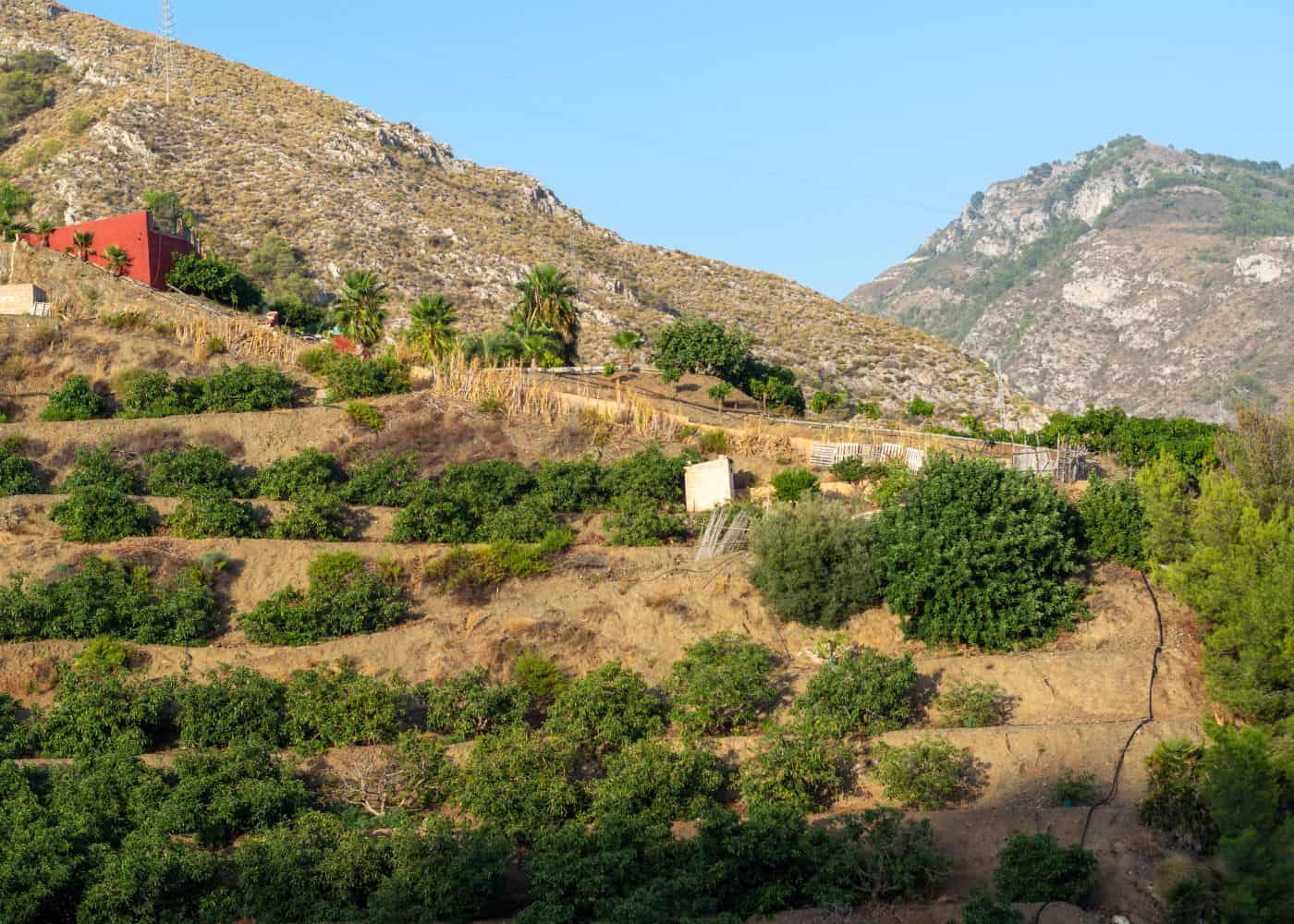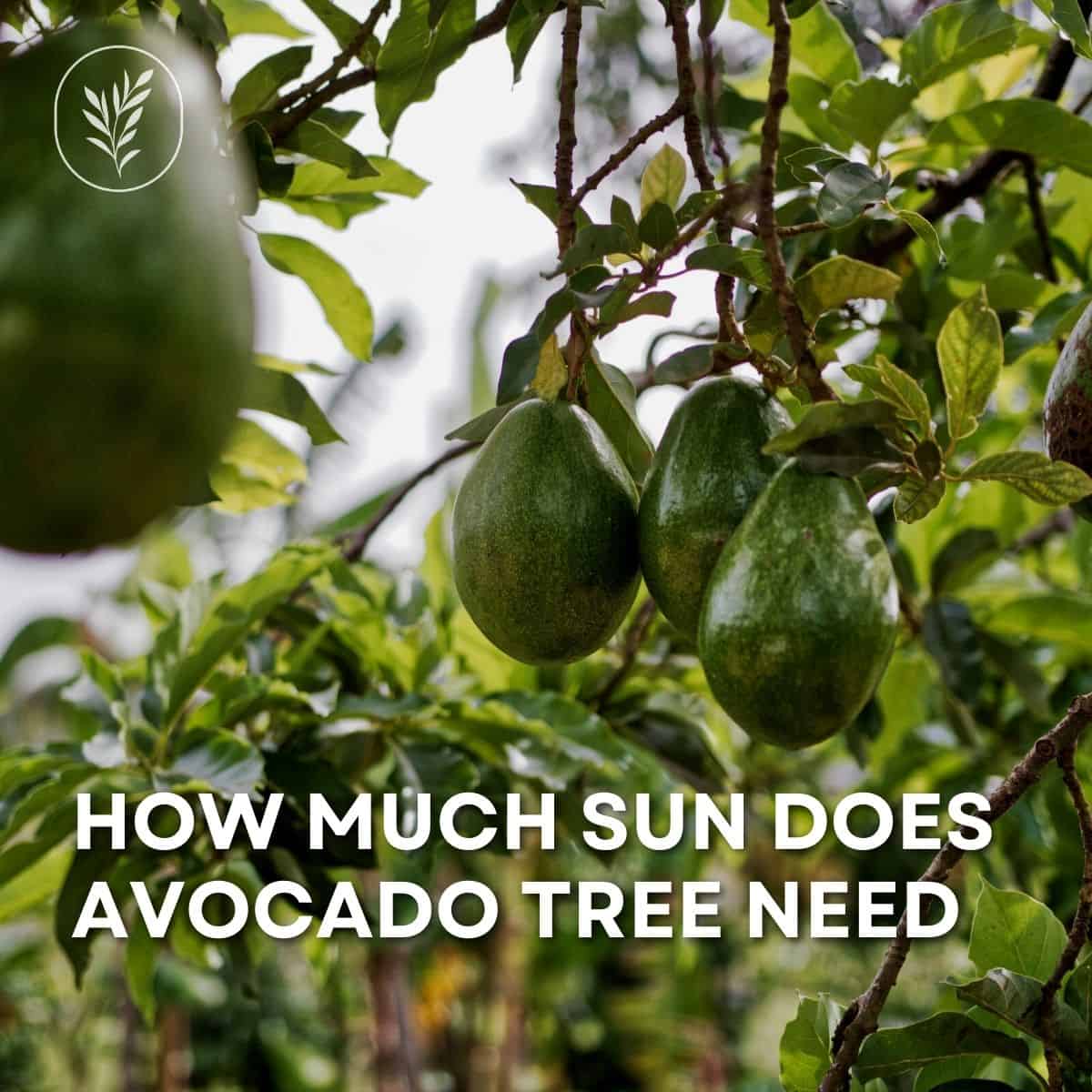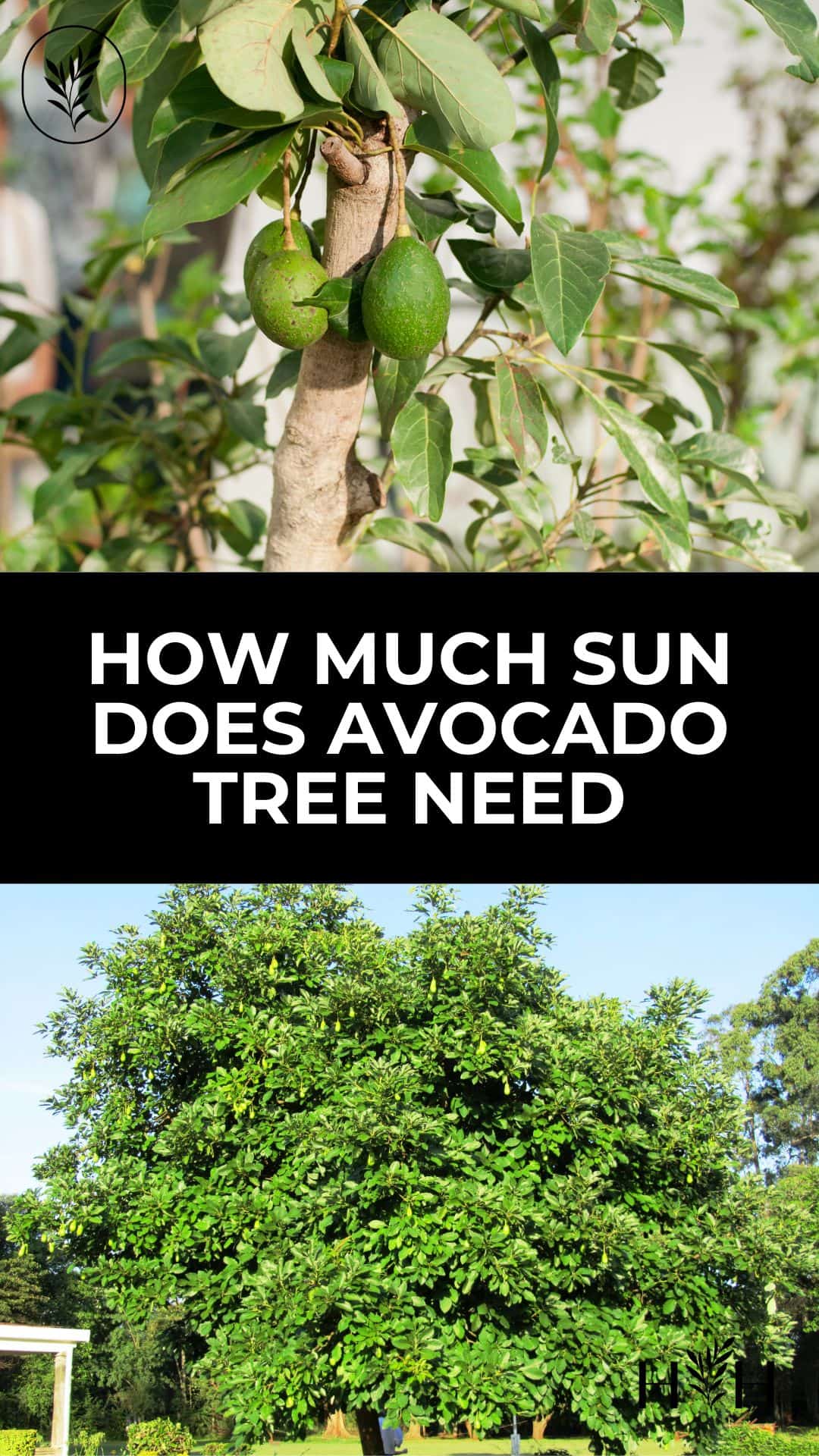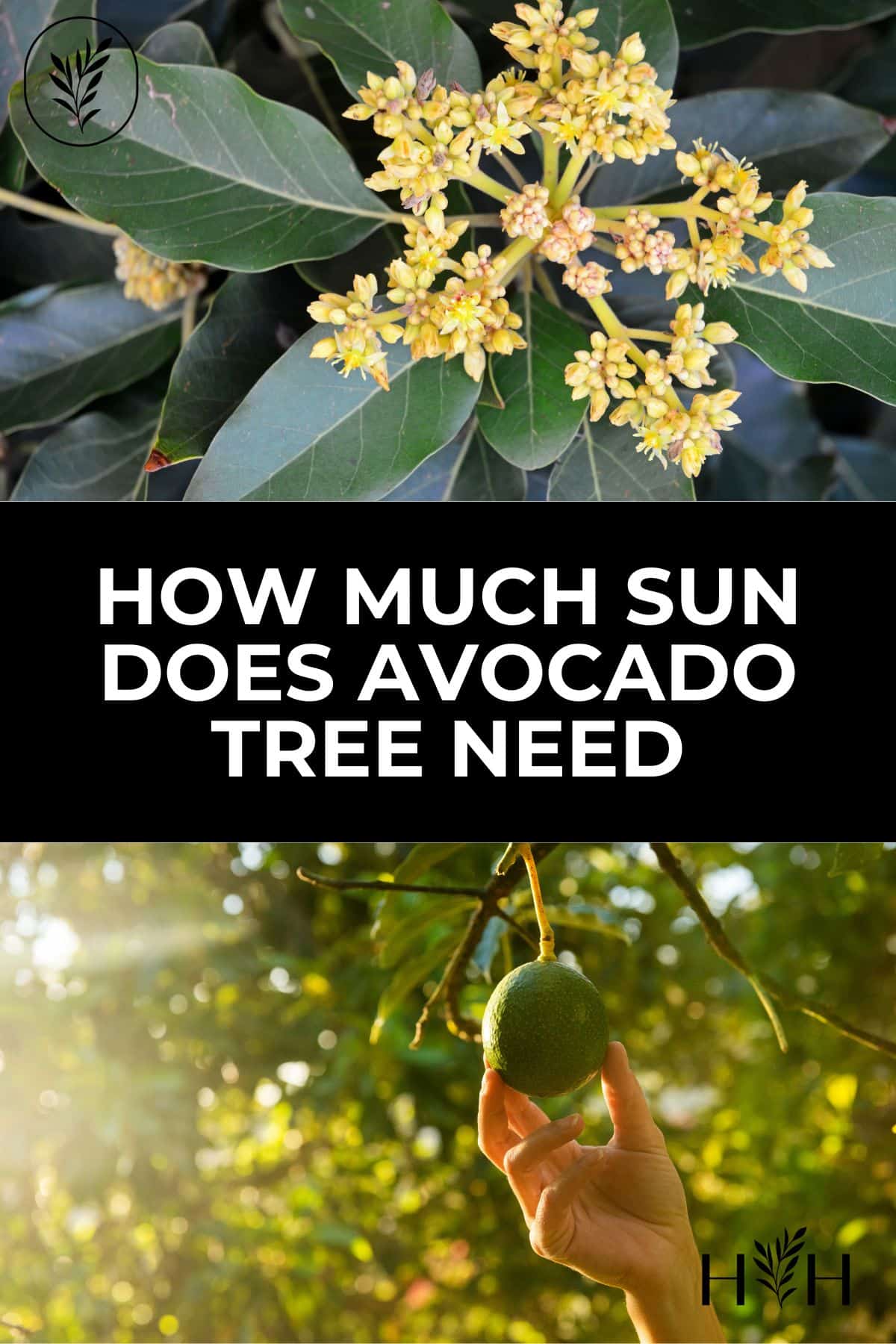Wondering how much sun avocado trees need? These fruit trees are definitely sun lovers! Come explore what it takes for this delicious fruit-bearing plant to get its essential daily dose of sunshine.
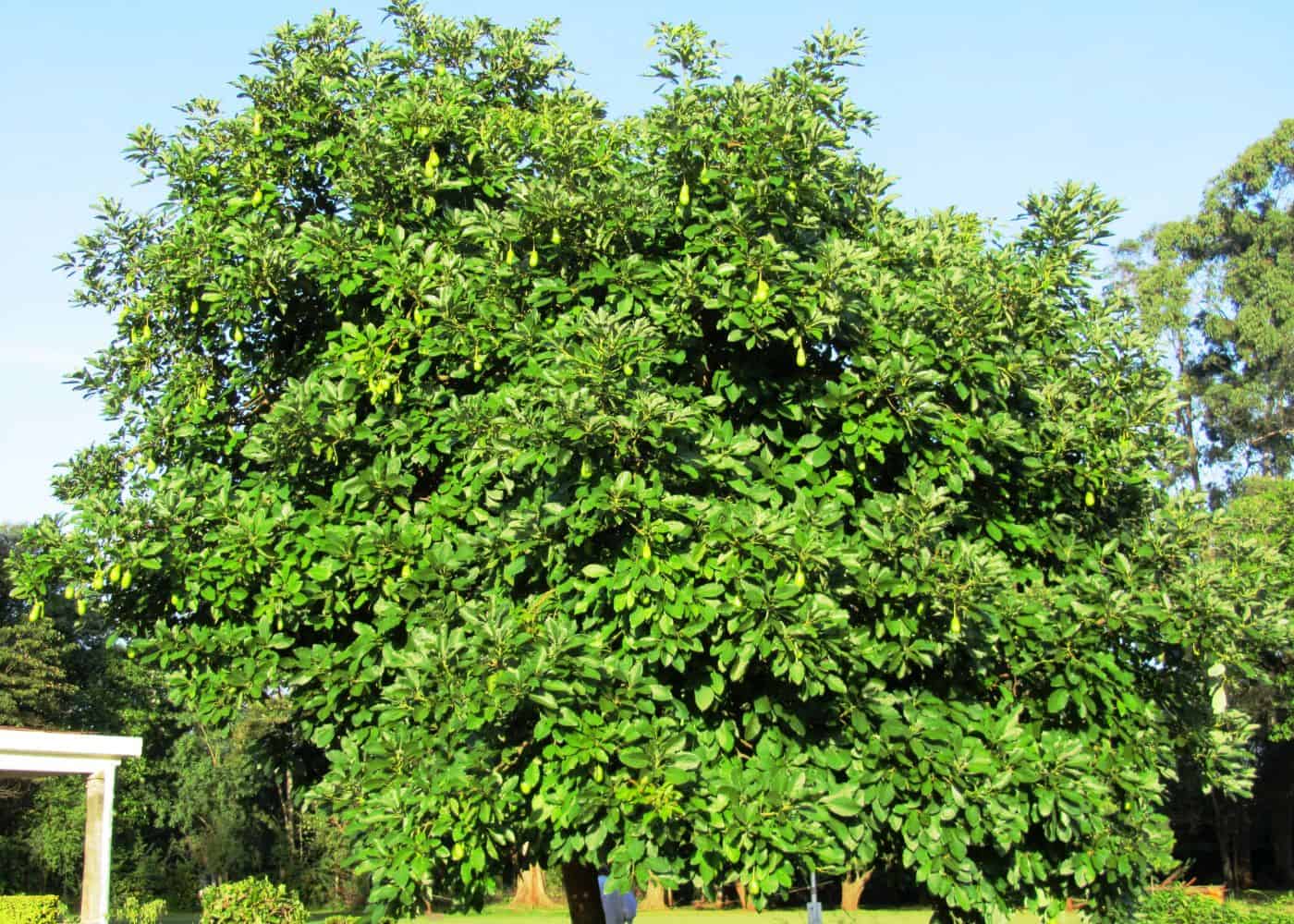
Sunlight requirements for avocado trees
Avocado trees need plenty of sunlight to thrive and produce fruit. They prefer full sun, meaning they should get at least six hours of direct sunlight each day. However, some varieties can tolerate partial shade if necessary. The amount of light an avocado tree needs will depend on the variety you have planted in your garden or yard and the strength of the sun in your area.
When it comes to the type of light, avocado trees require bright, indirect light for best results. Harsh direct sunlight in the afternoons can cause leaf burn or damage the delicate foliage of your tree, especially if it is not adequately irrigated. Morning sun is typically preferable to the afternoon sun. Avocado trees are often planted in orchards on irrigated slopes where they receive sun all day.
It’s important to remember that even though avocados love sunshine, they don’t like extreme heat either. If you live in a climate with long periods of extreme heat (over 90°F), be sure to provide extra protection by shading your tree with fabric netting or something similar during those times when temperatures soar above average levels for extended periods throughout the day. This will help protect against scorching leaves and prevent any potential damage caused by excessive heat exposure over time.
It is important to consider the amount of sun an avocado tree needs, but it’s also essential to think about where you plant it – both factors will influence how well your tree grows.
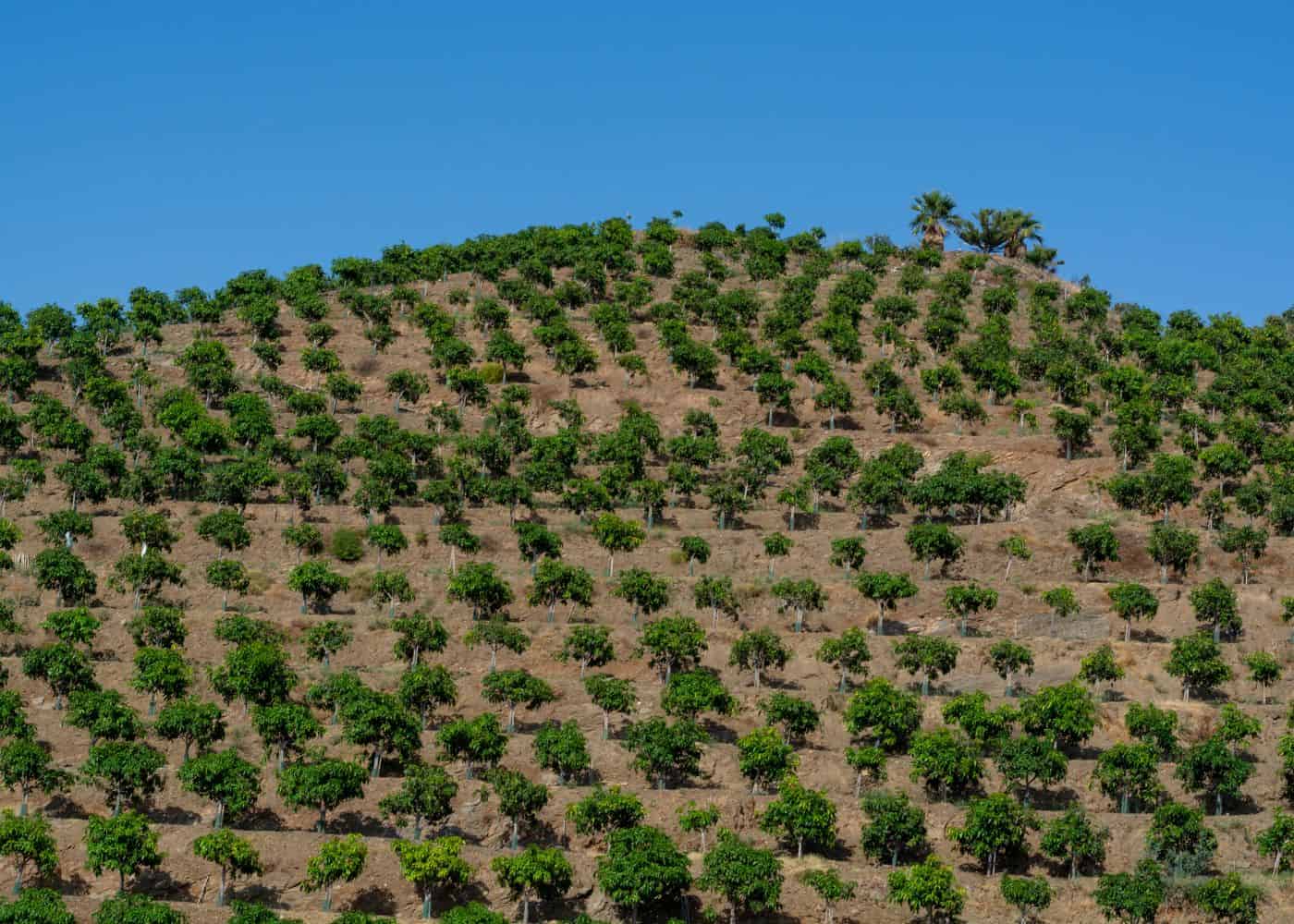
Planting location
When it comes to planting an avocado tree, location is key. The ideal spot for your tree should be in a sunny area that gets at least 6 hours of direct sunlight each day. This could be in the middle of your yard or even on the side of your house, where it can get plenty of sun exposure. If you don’t have a lot of space outdoors, you can also plant an avocado tree in a large container and place it on your patio or balcony. Make sure the pot has drainage holes so excess water can escape and doesn’t cause root rot.
When choosing the perfect spot for your avocado tree, make sure there are no overhanging branches from nearby trees that will shade out its leaves during certain times of the day. Also, avoid planting near any buildings as they may block some light and wind, which both help promote healthy growth for this type of fruit-bearing tree. Additionally, if you live in an area with strong winds, try to find a sheltered spot away from gusts that could damage delicate branches or leaves when they’re still young and vulnerable to breakage.
Avocado trees need well-draining soil, too; otherwise, their roots will become waterlogged, leading to disease issues like root rot which can kill off entire plants if left untreated long enough. Try using organic matter such as composted manure or peat moss mixed into existing soil around the base before transplanting seedlings into larger pots later down the line once they’ve grown bigger than what was originally provided by nurseries (if applicable).
Finally, remember not all varieties require full sun exposure – some prefer partial shade instead, so do research beforehand about specific types available near you first before committing one way or another. With proper care and attention given throughout its life cycle including regular watering schedules plus pruning and fertilizing when necessary, these beautiful trees will reward owners with delicious fruits year after year without fail.
When it comes to planting an avocado tree, the location of where you plant it is key – but don’t forget about the soil type too. Let’s explore what kind of soil will give your avocado tree a healthy home.
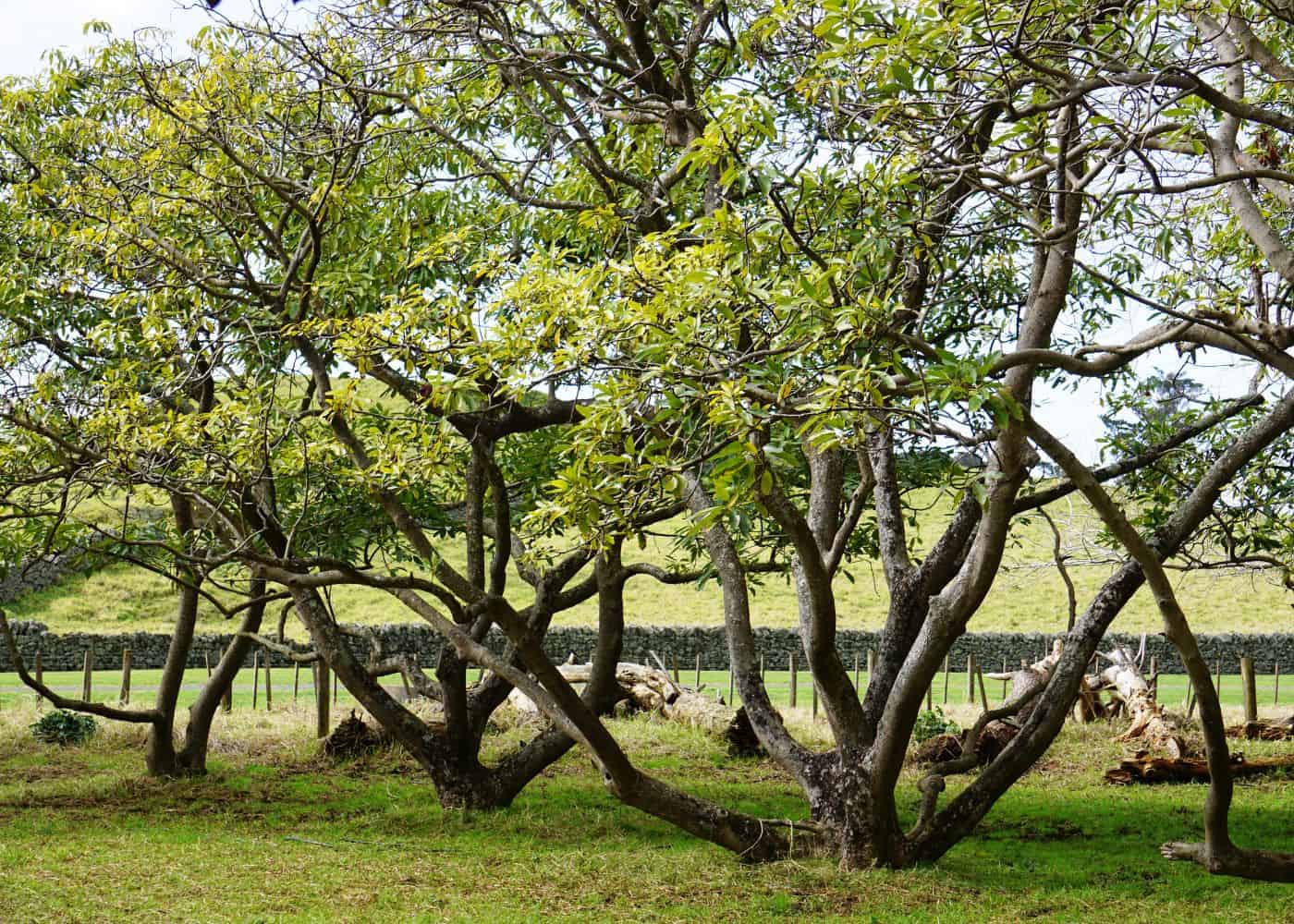
Soil type
Soil type is an important factor to consider alongside sunlight exposure when planting an avocado tree. The ideal soil for an avocado tree should be well-draining, nutrient-rich, and slightly acidic with a pH of 6.0–6.5. Clay or sandy loam soils are best suited for avocados as they provide the right balance of drainage and water retention that the trees need to thrive.
To ensure your soil has the right properties for growing avocados, it’s important to test its pH level first before planting. You can buy a home testing kit from any garden center or online store which will give you accurate results in minutes. Simply follow the instructions on the packaging and take note of your soil’s acidity levels so you know what amendments (if any) need to be made prior to planting your avocado tree.
The soil type for an avocado tree is important to consider, as it affects the amount of water and nutrients needed. With a good watering schedule in place, you can ensure that your tree gets the right balance of sun and moisture to thrive.
Watering schedule and considerations
Watering an avocado tree is essential for its health and growth. The amount of water needed depends on the size, age, and type of tree and the climate in which it is planted. Generally speaking, young trees need more frequent watering than mature ones. In hot climates with low humidity, you may need to water your young avocado tree every day or two; in cooler climates with higher humidity, once a week should be sufficient.
When watering your avocado tree, use a hose or bucket to apply enough water so that it penetrates 8-12 inches into the soil around the root zone. This will ensure that all parts of the root system are getting adequate moisture. Avoid wetting leaves and flowers since this can lead to fungal diseases such as powdery mildew or black spot disease.
It’s important not to overwater your avocado tree either; too much water can cause constantly-muddy soil, leading roots to rot and stunted growth due to a lack of oxygen in the soil. To avoid this problem, make sure you check soil moisture levels before watering by sticking your finger about 2 inches deep into the ground near where you plan on irrigating—if it feels dry then go ahead and give your plant some H2O. If there’s still moisture present however then wait until next time before giving it another drink.
Finally, remember that during winter months when temperatures drop, most plants enter dormancy so they don’t require any additional irrigation until springtime arrives again.
Watering your avocado tree correctly is essential for its health and growth, so be sure to pay attention to the recommended schedule. Now let’s look at how pruning and fertilizing can help keep your avocado tree thriving.
Pruning & fertilizing
Pruning and fertilizing are two important steps in caring for an avocado tree. Pruning helps to keep the tree healthy by removing dead or diseased branches, as well as encouraging new growth. Fertilizing provides essential nutrients that help the tree grow strong and produce more fruit.
When pruning an avocado tree, it is important to use sharp tools such as shears or a saw. Make sure to cut back any dead or damaged branches at least 6 inches from the trunk of the tree. This will encourage new growth and prevent the disease from spreading throughout the entire plant. It is also important to thin out overcrowded areas of the canopy so that light can reach all parts of the plant evenly.
Fertilizing your avocado tree should be done twice a year – once in early spring and again in late summer/early fall when temperatures start cooling off slightly. Choose a fertilizer specifically designed for avocados, which should contain nitrogen, phosphorus, potassium, magnesium, iron, and other trace elements necessary for optimal health and the production of fruit. Apply according to package instructions; usually, this means broadcasting around each branch base before watering thoroughly into the soil below the drip line.
It is also important not to overfertilize your avocado trees; too much fertilizer can burn roots or cause nutrient deficiencies due to imbalances in soil chemistry levels caused by excess application rates beyond what plants need at any given time period. Too little fertilizer won’t provide enough nutrients either so make sure you’re following directions carefully when applying – always err on the side caution if unsure about how much product applies since there’s no way to undo the damage caused by overapplication.
Finally, don’t forget regular watering during dry periods – especially during hot summer months when temperatures soar above 80 degrees Fahrenheit (27 Celsius) consistently day after day without relief. Water deeply but infrequently so that moisture penetrates down deep into the root zone where most absorption takes place while avoiding shallow surface wetting which encourages weed germination and fungal diseases like powdery mildew etc.
FAQs about the amount of sun avocado trees need
Can avocado trees grow in shade?
Yes, avocado trees can grow in the shade, but they may not produce fruit well or at all. They require full sun to thrive and produce fruit.
Avocado trees need 6-8 hours of direct sunlight each day to remain healthy and productive. If they are planted in a shaded area, the tree will struggle to survive and may not bear any fruit at all. Additionally, the lack of adequate sunlight can lead to fungal diseases that can weaken or even kill the tree over time. Therefore, it is important to ensure that avocado trees are planted in a sunny spot for optimal growth and production.
Can an avocado tree get too much sun?
Yes, an avocado tree can get too much sun, especially if it is not adequately irrigated. Too much direct sunlight can cause the leaves to burn and turn yellow or brown. This can lead to stunted growth and reduced fruit production.
It is important to provide adequate water and shade for your avocado tree, especially during the hottest parts of the day when temperatures are at their highest. If you notice any signs of leaf scorching, it’s best to move your tree into a shadier spot as soon as possible in order to protect it from further damage.
Do avocado trees need a lot of water?
Avocado trees require a moderate amount of water to thrive. They need consistent watering during the growing season, especially when temperatures are high and rainfall is low. However, they don’t like to be over-watered or left in standing water for too long as this can lead to root rot and other problems. It’s important to keep an eye on soil moisture levels and adjust your watering schedule accordingly. With proper care, avocado trees can provide you with delicious fruit year after year.
Where do avocado trees grow best?
Avocado trees thrive in warm, humid climates with plenty of sunlight. They need well-draining soil and regular watering to ensure healthy growth. The best places for avocado trees are coastal areas such as California, Florida, Hawaii, and the Gulf Coast states. In these regions, temperatures rarely dip below freezing and there is ample rainfall throughout the year. Avocados also grow well in tropical locations like Mexico or Central America where temperatures remain mild all year round. With proper care and maintenance, an avocado tree can produce fruit for up to 20 years.
Before you go…
When planting an avocado tree, it’s important to choose a location that gets at least 6 hours of direct sunlight per day. The soil should be well-draining and rich in organic matter, while the watering schedule should be adjusted according to your climate. Pruning and fertilizing are also essential for keeping your avocado tree healthy and productive – so don’t forget about those tasks. With proper care, you can enjoy homegrown avocados for years to come.
Resources
- Tips for growing avocado trees indoors
- Everything you need to know about planting avocado trees
- How to fertilize an avocado tree
- How to prune an avocado tree
- When to graft avocado trees
References
- Jukes, J. (2017). How to Grow Your Avocado. CreateSpace Independent Publishing Platform.
- Schaffer, B. A., Wolstenholme, B. N., & Whiley, A. W. (2013). The Avocado: Botany, Production and Uses (pp. 61-63). CABI.
- How to Grow Your Own Avocado Tree from the Seed
- Reich, L. (2012). Grow Fruit Naturally: A Hands-on Guide to Luscious, Home-grown Fruit (pp. 86-89). Taunton Press.
Need more info?
Are you interested in learning more about how much sun does avocado tree need? Here are our best articles about it!


